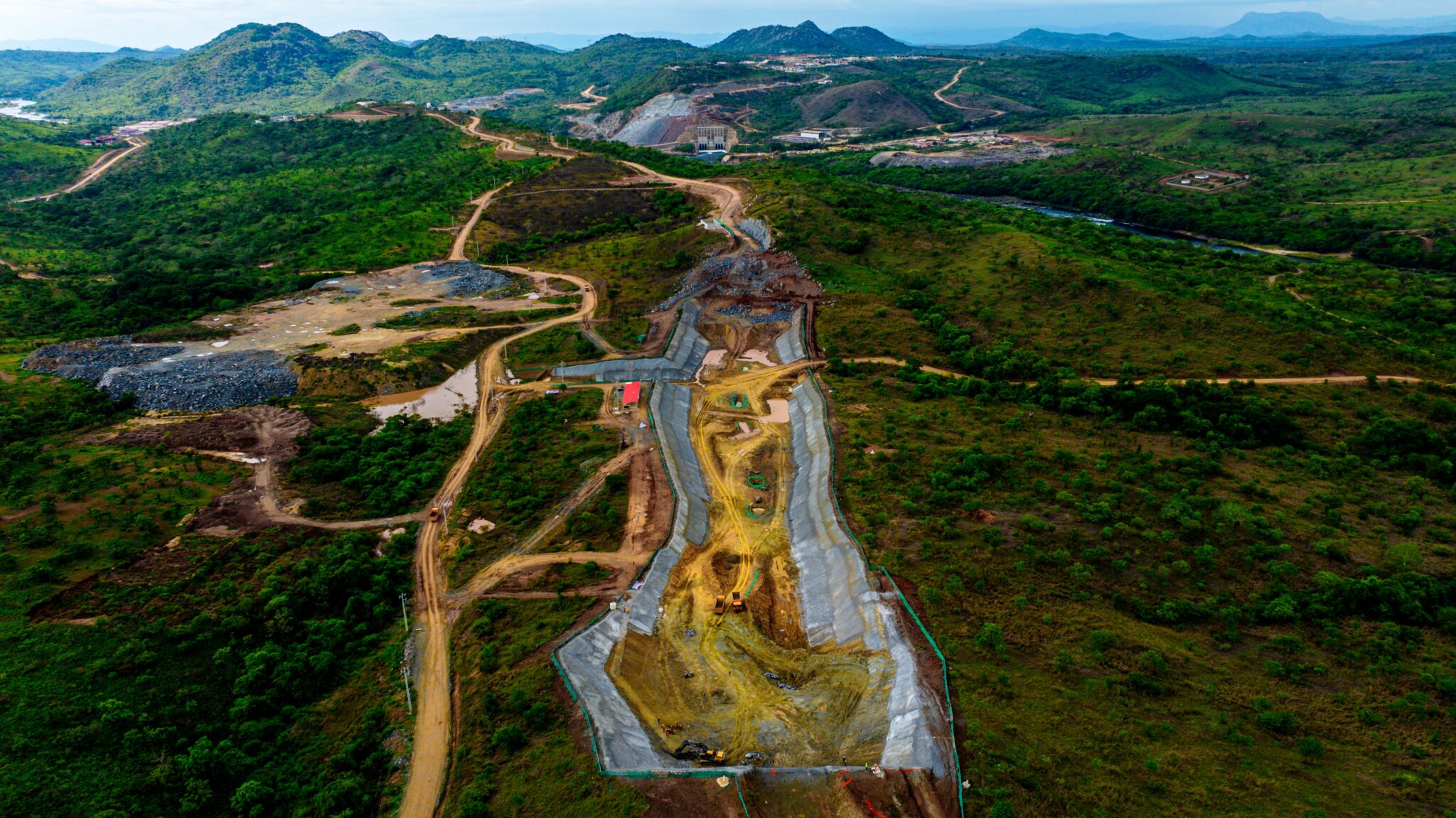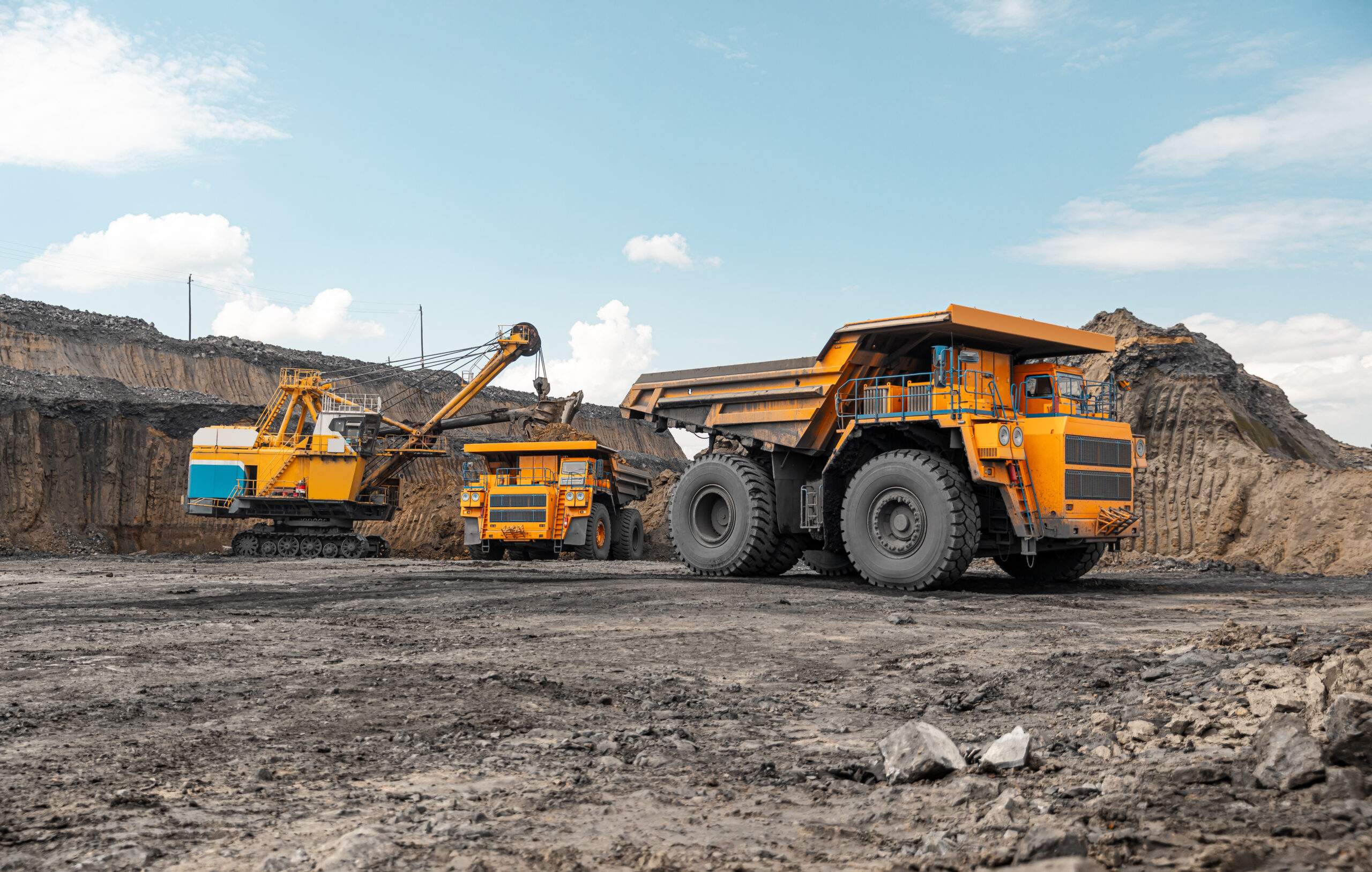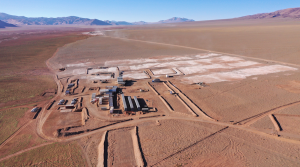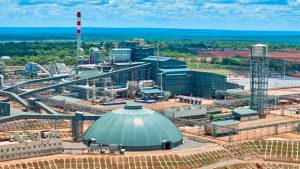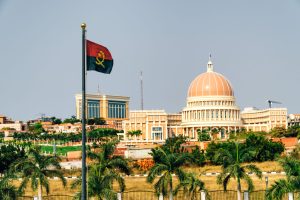Infrastructure as the Backbone of Africa’s Mineral and Industrial Transformation
By Dowell Sichitalwe | MiningFocus Africa
As the global economy pivots toward sustainable systems and digital integration, Africa’s role is evolving—from supplier of raw resources to indispensable partner in global value chains. This shift is especially urgent in mining, agriculture, and energy, where infrastructure must no longer be seen as a standalone asset but as an enabler of industrial, inclusive growth.
Systemic Infrastructure: Africa’s Strategic Imperative
Africa possesses the mineral endowment to power the global energy transition, from lithium and cobalt to graphite and rare earths. Yet, infrastructure bottlenecks—from energy instability and weak logistics to fragmented trade corridors—continue to limit local beneficiation and value retention.
Mining operations across the continent face three interlinked challenges:
- Inconsistent power supply that disrupts processing and undermines ESG performance.
- Limited capacity for local refining, forcing reliance on raw exports.
- Absence of integrated transport systems to link mines with ports, processors, and markets.
These aren’t isolated obstacles. They signal a structural gap—where infrastructure fails to support the full lifecycle of resource development. If Africa is to transition from extraction to value creation, this gap must be closed.
Lithium: A Case Study in Urgency
Countries like Nigeria and Zimbabwe have rapidly ramped up lithium exports,with artisanal and small-scale miners (ASM) accounting for nearly two-thirds of supply. While Chinese investment is pouring into processing plants, many of these facilities remain underutilized due to unreliable power and fragile logistics.
This exposes the real risk: Africa may yet again become the resource farm for global tech industries, while missing the opportunity to build domestic supply chains that foster manufacturing, jobs and regional integration.
The lesson is clear. Infrastructure must be ecosystemic. Power grids, processing zones, trade corridors and digital platforms must be developed together—to serve communities, industry and the climate agenda simultaneously.
Financing the Transition: Blended Models and ESG Alignment
The capital needed is significant—but not unattainable. Blended finance, sustainability-linked bonds, and green taxonomies can unlock the flow of climate-aligned investment, especially for critical minerals
Share this content:


